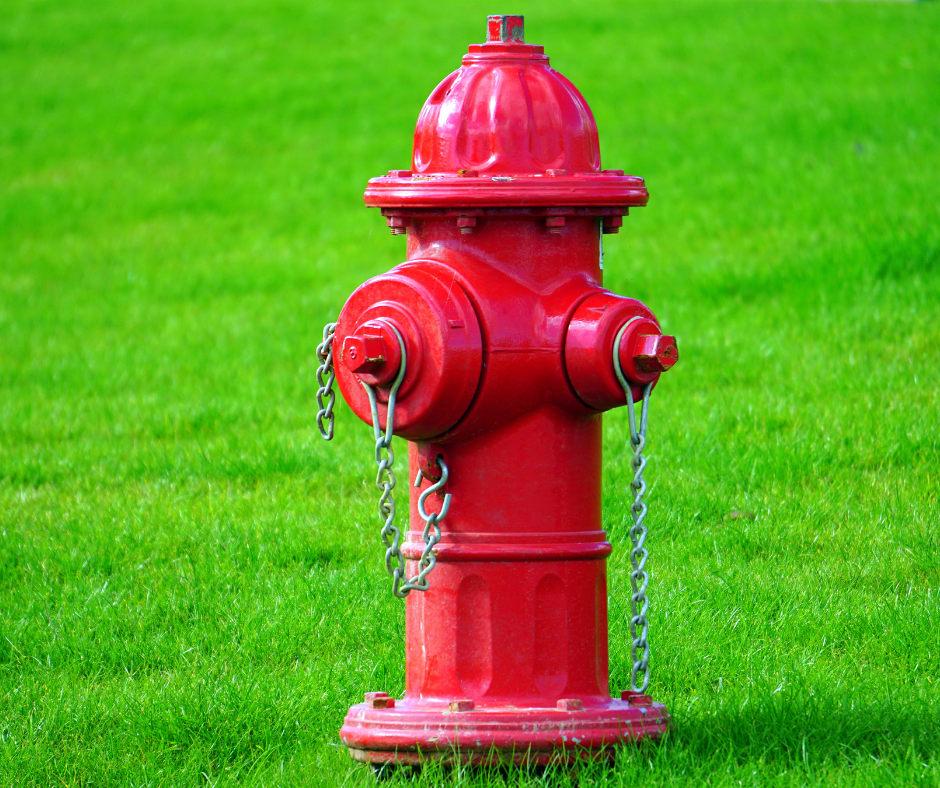The Village of Algonquin, IL
Welcome to the website for the Village of Algonquin!
Fire Hydrant Maintenance
The Algonquin Public Works Department maintains over 2,000 fire hydrants to ensure reliable fire protection and improve water quality throughout the community.

Report concerns about hydrant flushing and repair online.
Hydrant Flushing
As a regular maintenance practice, the Village of Algonquin Utilities Team flushes fire hydrants throughout the Village twice a year. This exercise not only ensures proper operation of each hydrant, but improves overall water quality by moving fresh water throughout the distribution system.
Residents are encouraged to avoid using water while hydrant flushing is taking place as temporary losses of water pressure and water discoloration may be possible. Running cold water through open faucets for a few minutes will alleviate discoloration. Residents should avoid washing clothing until the water runs clear to prevent clothing stains.
Weather permitting, the upcoming hydrant flushing schedule during weekdays is as follows:
| Dates | Flushing Area |
|---|---|
| March 31 - April 11 | The entire area east of the Fox River to Village limits. (Zone #1 and Zone #2) |
| April 14 - 18 | The area north of Edgewood Drive and Filip Road, east of Hanson Road, west of the Fox River. (Zone #1 and Zone #3) |
| April 21 - 25 | The area south of Filip Road, Edgewood Drive, and County Line Road, west of the Fox River, and east of Randall Road (Zone #3 and Zone #4). |
| April 28 - May 2 | The area east of Randall Road, south of Algonquin Road, west of Hanson Road, and north of County Line Road. This includes Randall Road (Zone #4 and Zone #5). |
| May 5 - 9 | The area west of Square Barn Road to Village limits (Zone #4 and Zone #5). |
| May 12 - 23 | The area east of Square Barn Road, west of Randall Road, and south of Algonquin Road (Zone #5). |
Hydrant Painting
The Village routinely hires contractors to paint fire hydrants to enhance visibility, prevent corrosion, and ensure they’re easy to locate in emergencies. During the painting process, each hydrant is inspected for any signs of corrosion. Hydrants are then carefully prepared with a primer, typically white or gray, before being painted in a color that corresponds to its flow rate, making it easily identifiable by first responders. While this work is underway, residents may need to move vehicles parked near hydrants to allow clear access.
Associated Documents
- Additional Information
